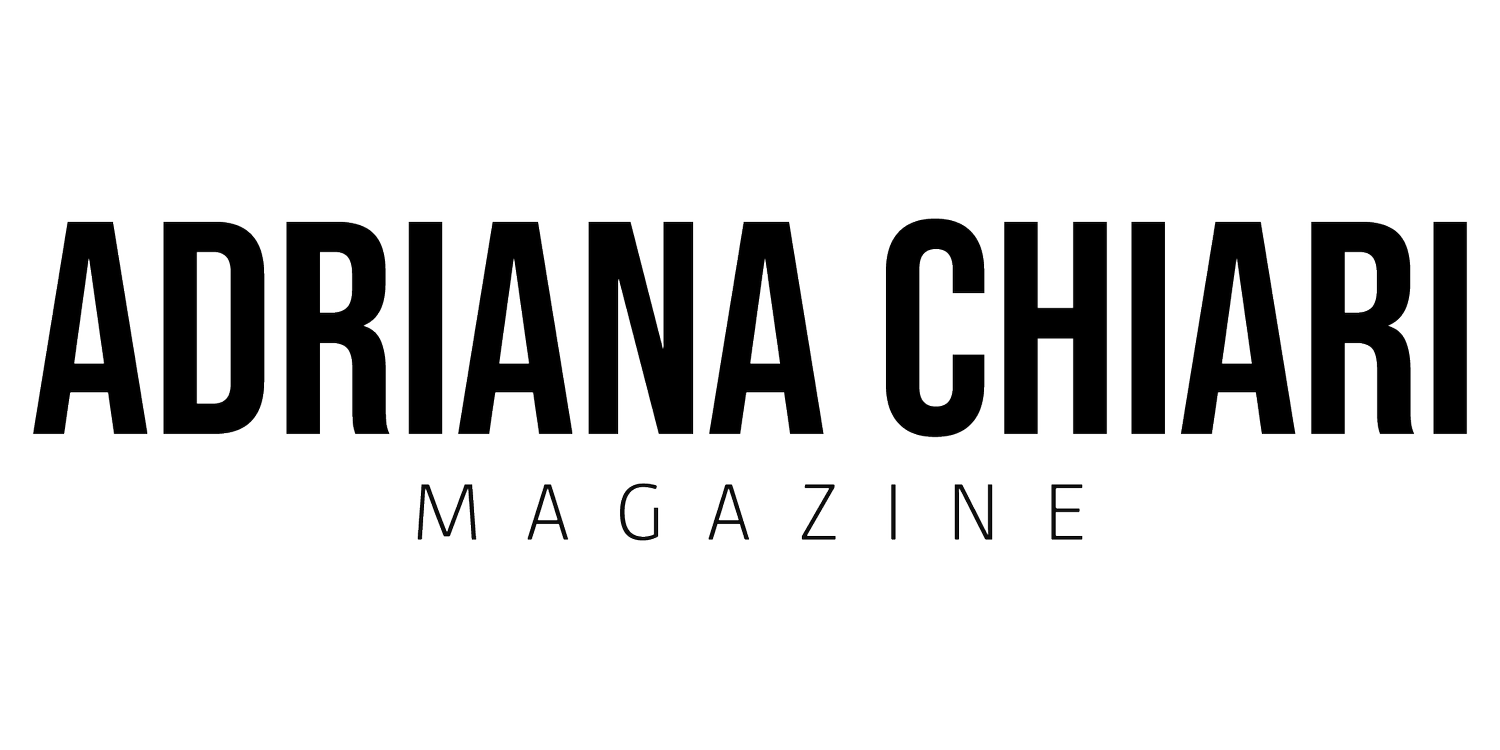Proteins: Highlights from studies Results.
Proteins: Highlights from Studies Results.
Proteins are organic molecules composed of amino-acids that assist tissue growth and repair and help the production of enzymes, hormones, neurotransmitters and antibodies.
Proteins have a fundamental role in the functioning of our organism, but the consumption of protein rich food can overload the liver and kidneys, obstruct arteries and cause an increase in cholesterol levels. Another disadvantage of a unsupervised protein high diet is the fact that it causes too much body fluid loss.
Proteins have various functions in the body.
Defence:
These are responsible for blood clotting and thus prevent loss of blood in cases of cuts and injuries are the defence proteins, like thrombin and fibrinogen;
Regulating:
Hormones are examples of metabolic activities regulating proteins. Insulin is an example as it is responsible in regulating the glycaemia, that is, the levels of glycose in the blood;
Nourishment:
Many proteins have a nourishing function, like the albumin in eggs;
Structural:
Among structural proteins (those that propitiate greater tissue consistency and elasticity), spotlight on; collagen (makes up the cartilages), fibrinogen (present in the blood), keratin (present in nails and hair) and elastin (present in skin structures);
Transport:
Proteins found in plasmatic and intra-cellular membranes transport substances like amino-acids and glycose by means of cell membranes. Haemoglobins, present in red blood cells, transport oxygen to tissues.
Enzymatic:
This is the most varied group of proteins.
Enzymes catalyse chemical reactions and their function depends on their structure.
It was once believed that each enzyme (more than 2.000 are known) was capable of catalysing only one kind of chemical reaction. However, according to recent researches, some enzymes can catalyse different chemical reactions.
Complementing the functions of some proteins:
Collagen or Myosin: are contractible proteins, abundant in muscles where they take part in the muscular contraction mechanism;
Keratin: waterproof protein found in skin, hair and nails, have the property of preventing fluid loss.
Albumin: the most abundant protein in the blood, relates to the osmotic regulation and plasma (the liquid part of blood) viscosity.
There are two types of proteins, those of animal and those of vegetal origin. Proteins of vegetal source are found in cereals, soya, grains and pulses.
Some protein rich foods and their properties:
Soya: high quality protein, recommended for children, adults and those following a special food diet or those intolerant to dairy. Also welcome by vegetarians. Soya in rich in B12 Vitamin which is essential in anaemia prevention.
Peanuts: help improve blood circulation and slow down the aging process. It is a great energy source due to its high fat content.
Calorie count: 100 g of peanuts contains 606 kcal.
Source: Protein folding and disease. British Libray

